Conversion Rate optimization is a process that every good digital marketer is familiar with. Not only has it changed the face of digital marketing in the 21st century, but the website CRO process itself remains ever-changing and dynamic.
Since it is an invaluable addition to the digital marketing process of our age, website CRO process improvement is a subject that is worth understanding in depth.
The objective is getting increased conversions out of visitors - this is the very essence of the website CRO process. To make the most out of this tool, you must understand the scope of CRO process improvement and its nuanced technical aspects. All of these points will be covered in this article.
While we will delve into details later in the article, you must know that the CRO process involves consecutive steps out of which only one is solitary; the rest are repetitive and cyclical.
We suggest that you bring yourself up to date with the latest developments in the CRO process with our custom-developed CRO campaign. Designed to be hyper-efficient, this novel process consists of steps specifically designed to heighten your conversion rates and income.
In the upcoming sections, we explain the basics of the website CRO process required for efficient digital marketing, why you need a CRO roadmap and how we at Apexure have created the best CRO process to help you gain those valuable conversions.
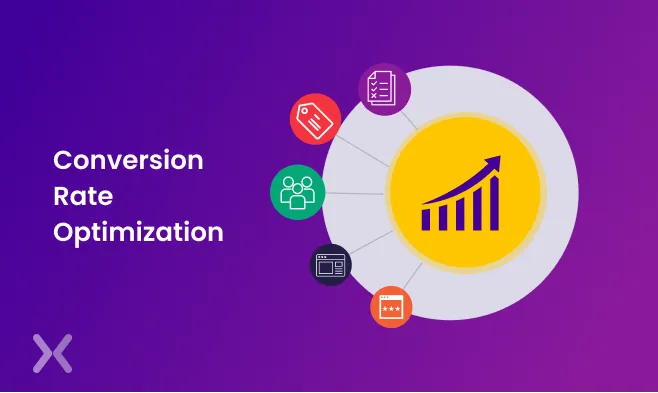
Indeed, what is Website CRO? The acronym CRO stands for “Conversion Rate Optimization”. From the translation, it is easy to discern that CRO comprises a set of techniques with the sole goal of increasing visitor numbers to your website drastically. The objective of the Conversion Rate optimization extends to transforming those expanded visits and converting them into customers.
Conversion Rate optimization is an ongoing and ever-changing process, and its precise, surgical and efficient nature makes it vastly different from a traditional project or a product development definition. To implement the website CRO process, one must know how to optimise human resources, capital, and investment to best suit increased conversions.
For website CRO process improvement to be implemented correctly, you need two main things.
Firstly, what is a CRO roadmap? A CRO roadmap is a detailed manual that outlines the implementation of every element in CRO process improvement. This nuanced framework that you refer to for test planning and allocation of resources allows you to be at the top while optimising your marketing strategy. Without this, you would be entirely shooting in the dark.
To make this much more accessible, we have listed 3 reasons you need a CRO roadmap to implement the best marketing strategy.
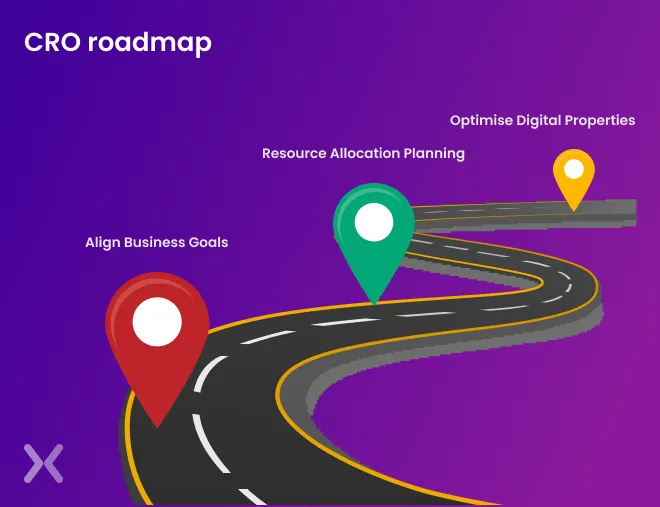
A strategy helps you focus your energy and CRO efforts on gaining the maximum number of conversions. Implementing random testing will give you numbers, but it does virtually nothing in terms of providing you valuable insights that you can leverage. Creating a CRO roadmap is a specific, hyper-focused process that will allow you to squeeze the maximum out of every testing and allocation task you undertake.
As we mentioned before, having a systemic approach to optimization can help you plan your resources in a revolutionary manner. The delegation, smooth function, and surgical precision are just some of the elements that this process guarantees for the successful capturing of leads in your company’s marketing strategy.
Methodically optimising your digital properties will only increase the efficiency of your efforts by leveraging previous learnings and doubling down on what works. Having a CRO roadmap makes sure that your procedures and activities are aligned with your company’s ultimate goals.
We at Apexure have created the best website CRO process to suit our customers’ needs. Here is a 13 - step outline to give you an idea.
When you’re creating the best CRO process, it becomes all-important to define the elements of the website design that are actively making a positive difference in your conversions. Identifying this source helps you narrow down how the website is expected to deliver on its promises and helps identify the gaps in core actions that will benefit from action-oriented decisions.
Creating smart business goals will help you narrow down some of the more tactical website goals you want your CRO program to achieve. For example, it is vastly useful to know the proper analysis tools to achieve good data collection. This step will help you incredibly whilst using the collected data to implement websitec CRO process improvement.
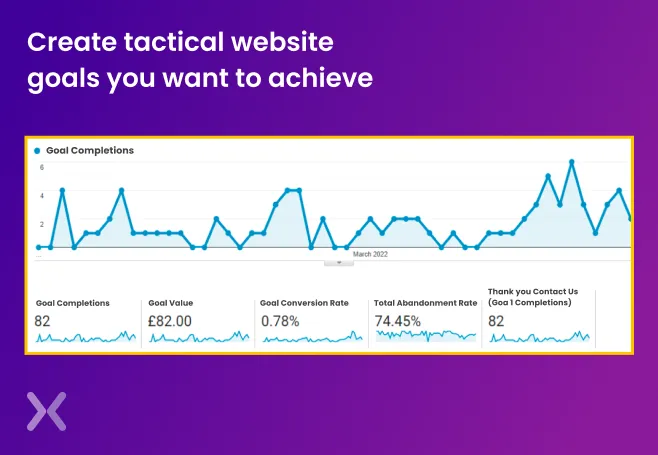
A CRO audit of your site is necessary to create a comparative metric against which your past and future progress can be measured. Using CRO auditing to establish a strong starting point for your website CRO process will allow you to analyse your data and condense it into a baseline based on the trends and patterns.
To achieve the best results, it will help to make sure that the minimum data spans a length of 30 days. In statistical terms, this allows us to meet the minimum requirement to create robust baseline data that will be able to accurately analyse your business metrics of the past and future alike.
It is crucial to make the proper analysis to get the best CRO tools. Enumerated below are a few of the most critical points of data analysis:
An important point to be apprised of is that high page load time reduces the potential for conversion, so this is one of the priority CRO indicators that need to be fixed.
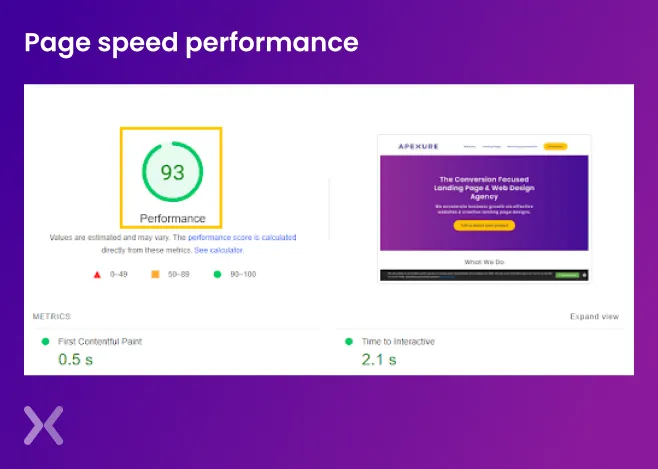
Understanding the fundamentals of your core demographic can help you figure out how best to optimise your page. Whether the goal is to continue catering to your current audience or reach wider demographics, data relating to age, nationality, and gender can be key in deciding major business goals.
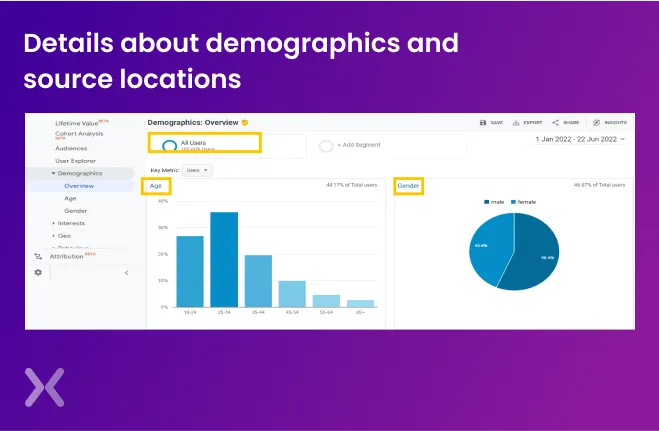
This allows our team of CRO specialists to give recommendations on prioritising the most viable resources.
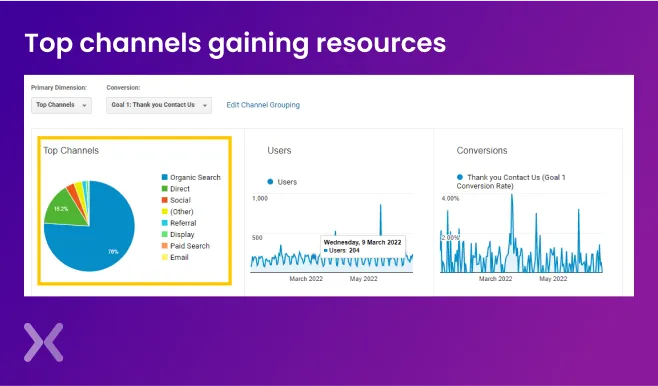
The logic is simple; keeping an eye on the amount of time a user spends on your website and the parts of the website that continue to attract more visitors will give you invaluable information about how your website is functioning. This can then be used to reprioritise low-attraction areas and heighten sections of the website that are bringing in the regular crowd and more.
To avoid drop-offs, we ensure that the website operates well across the most usable devices and browsers as a CRO firm.
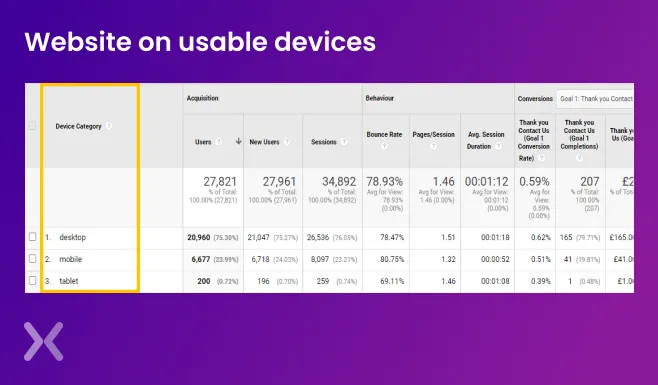
Note how we have a separate section for qualitative analysis?
It is simply because qualitative data collection by a client is extremely important to the website CRO process. Using it without any rhyme or reason is often detrimental to the website CRO process. Qualitative data needs to be included in the CRO audit only when it is present.
A couple of familiar ways in which you can conduct qualitative analysis are User Feedback and Heatmaps (CRO tools like Hotjar or CrazyEgg).
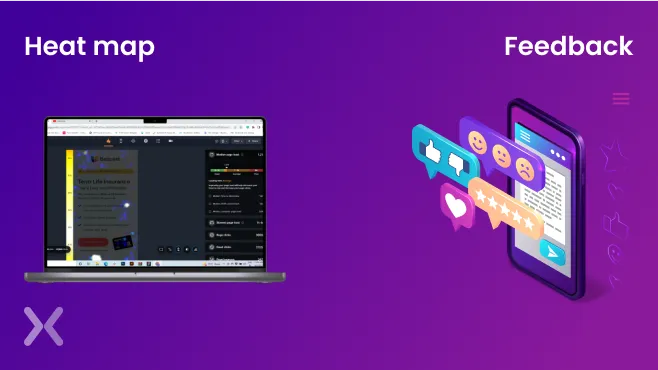
User feedback often comes in a variety of shapes and sizes - spanning the range of short, quick reviews to lengthy, drawn-out feedback that might be tedious to read. Nevertheless, the information that both kinds of feedback produce is equally important to website CRO process improvement. Feedback from the client is always useful in some way.
On the other end, we have great website CRO process improvement tools like Hotjar or CrazyEgg that fall under the category of Heatmaps. These tools will offer you services that track a variety of user behaviour like mouse movement and click rates to form analytics and feedback surveys. Employing these tools and using the data you receive from them is a way of implementing good website CRO process improvement.
The fundamental goal of digital marketing is the conversion of a customer. Every step and effort made through the website CRO process is directed toward attracting a copious amount of visitors to your website. Understanding the visitor’s psyche, motivations, and purchase intentions play a significant role in how you project yourself as a brand
Keeping track of your customer’s interactions with your website to build trust is done through a customer journey map.

A customer journey map does precisely what it says; it maps the step-by-step process of how a customer behaves while they are interacting with your website. Otherwise known as a buyer journey, this tool gives you insight into how customers start their journey with your brand, their feelings regarding the trustworthiness of your brand, and most importantly, identifying which of their actions have direct implications on your business.
Every business has its own pace of dealing with conversions, and the same logic applies to creating the correct user journey map. Playing to the customer’s strengths and eliciting emotions like joy, moments of surprise, and pleasant interactions are crucial to making the best customer journey map.
Related: B2B Website User Experience Best Practices to Increase Leads
The information you have collected using various tools like heatmaps, session recordings, and surveys must finally be used. Most companies and third parties use readily available tools like Google Analytics and similar research tools to draw conclusions from insights that can then be used to optimize opportunities.
Please use the multiple test hypotheses at your disposal by prioritizing them according to the ones that will reap the most benefits.
Several different prioritization frameworks will help you reach your goal.
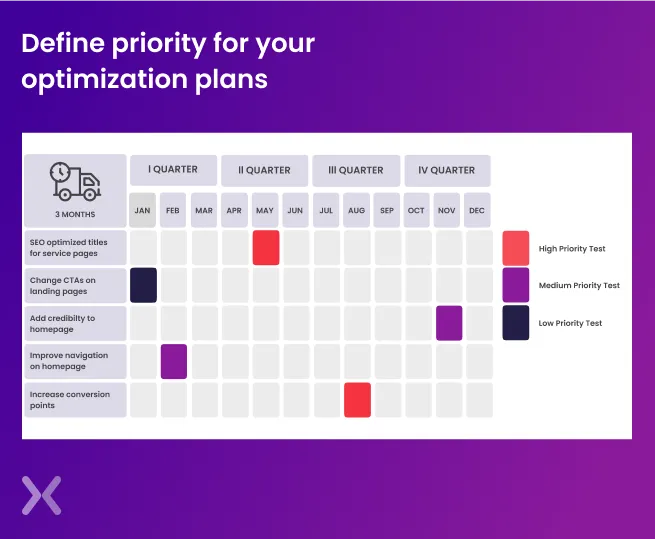
1. P.I.E. Framework : (Potential, Importance, and Ease.)
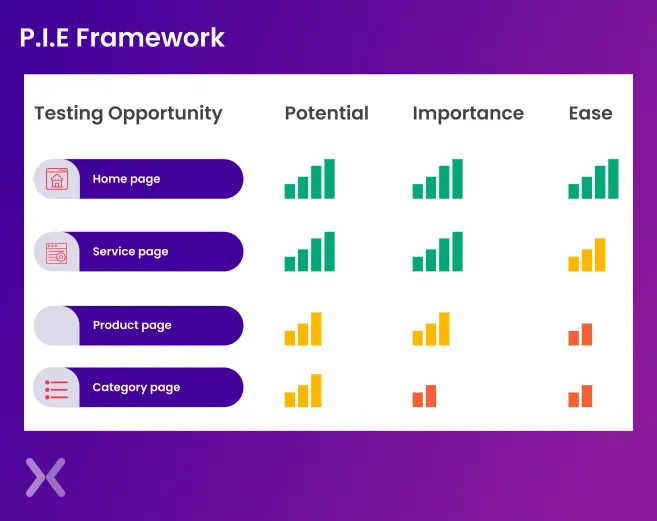
2. T.I.R. Model (Time, Impact, and Resources)
3. I.C.E. Framework : (impact, confidence, and the level of ease)
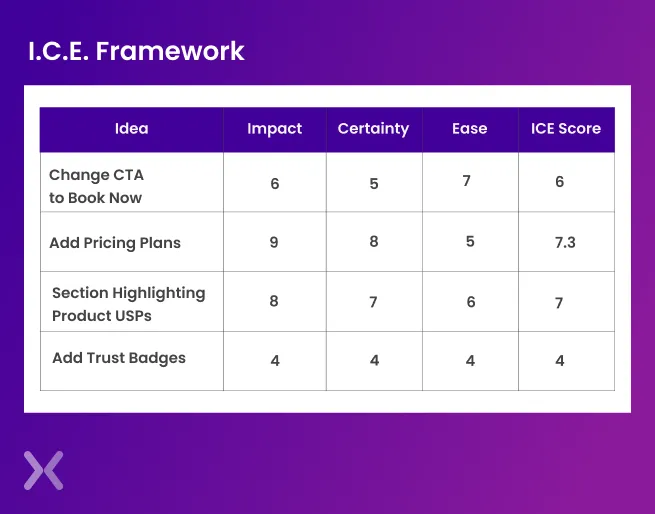
Creating a CRO calendar will allow you to plan out every step of the process with stunning accuracy. Designating owners for each test, considering a good priority order for your experiments, and keeping track of the results obtained are just a few ways a CRO calendar can be constructed. To help you understand this in a better way, take a look at this example reference you can see for creating a weekly A/B testing plan.
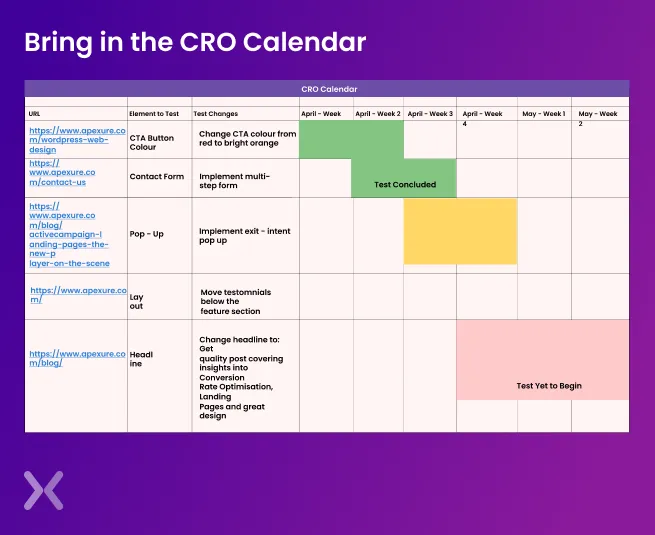
Creating one of these calendars is especially beneficial since it allows you to use a similar design for all of your clients and consistently produce promised outcomes.
Although at the moment, it seems like an unnecessary step to add, data collation is one of the most crucial points in the CRO process. Paying extra attention to this step helps prevent data loss, misinformation, and inaccuracies from bad data collection.
This process begins by creating a prototype for the test you want to use. We employ tools like Google Optimise, V.W.O., Convert, Optimizely, and our rotator in Google Tag Manager to launch conversion optimization tests and services. The type of A/B testing instrument used by a CRO is determined by the needs and objectives of the customer.
This step also involves the development of conversion tests and running quality assurance for the CRO improvement process.
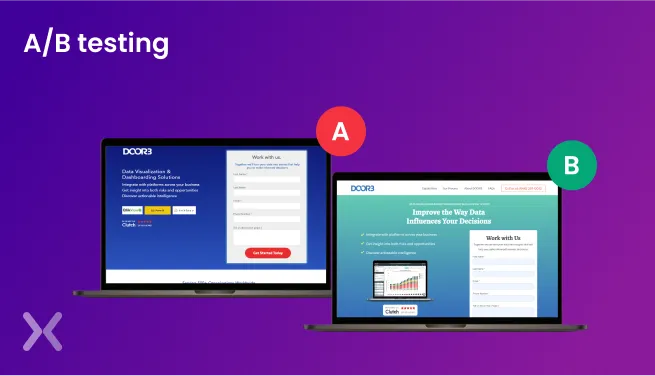
Running and monitoring conversion tests is the only way to know if all of your CRO process improvement tactics worked or not. We note these observations in light of your goals and adjust them accordingly.
After the initial tests as a CRO agency, we analyse the data we have and look for new possibilities and concerns, updating the Testing Plan with the latest hypotheses and conversion test alternatives.
Using a strategic roadmap to approach CRO ensures that all efforts are related to your ultimate company goal. If you don’t have one, you’ll be forced to rely on fragmented efforts that may not yield meaningful benefits.
Apexure, as a B2B CRO agency, has the competence to test and begin a strategic website CRO journey for your program by building a roadmap. We understand how to make website CRO work for you and help you develop your business. Contact us today!
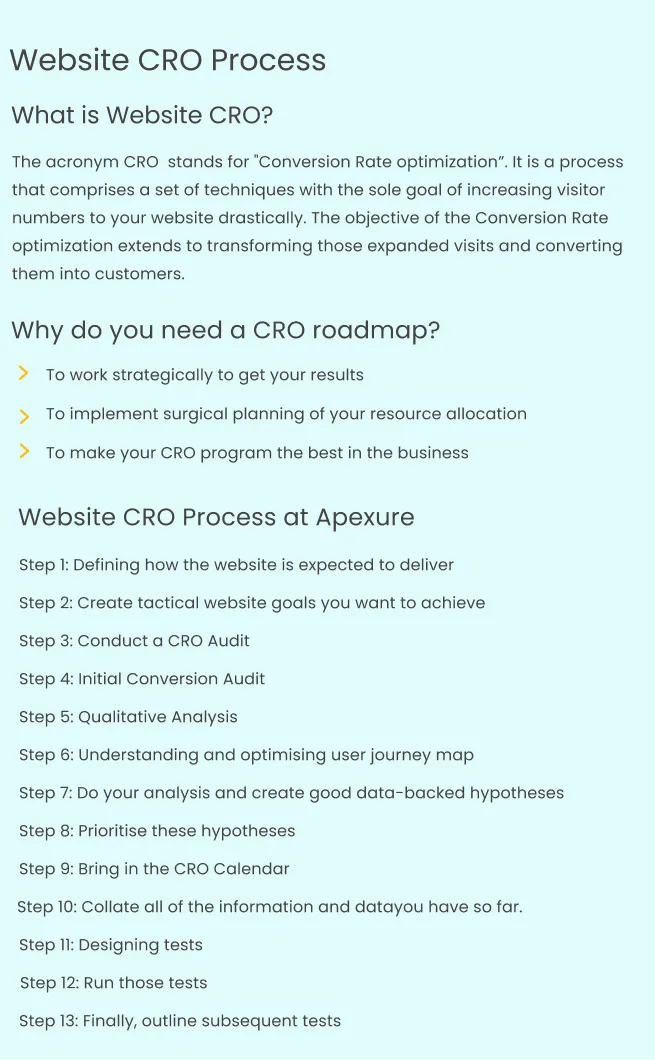
Related Articles:
Drive More Sales or Leads With Conversion Focused Websites and Landing Pages
Get Started.webp)
In today’s fast-paced digital world, having a responsive website is no longer just a nice-to-have, it’s essential. Whether...
As artificial intelligence continues to evolve, businesses are finding innovative ways to enhance their marketing efforts. One of...
Get quality posts covering insights into Conversion Rate Optimisation, Landing Pages and great design